Carbon Net-Zero
St. Peter's aims to meet the Church of England target of being a carbon net-zero church by 2030Introduction to carbon net-zero
The earth’s climate has changed many times from natural causes in the course of history, but the last century has seen temperatures increasing like never before, this time caused by human activity, especially the use of fossil fuels because they emit carbon. The effects of this climate change are becoming progressively more extreme, with droughts, floods and heatwaves all more frequent and sea levels rising, and with implications for the availability of food and water as well. These are threats for all the world’s population, present and future, but already have a disproportionate effect on poor communities who have contributed least to the problems.
Global temperatures are continuing to rise, but by how much depends on us. It is still possible to take action to halt the runaway effects of climate change by reducing carbon emissions, but the longer we leave it, the more difficult it becomes.
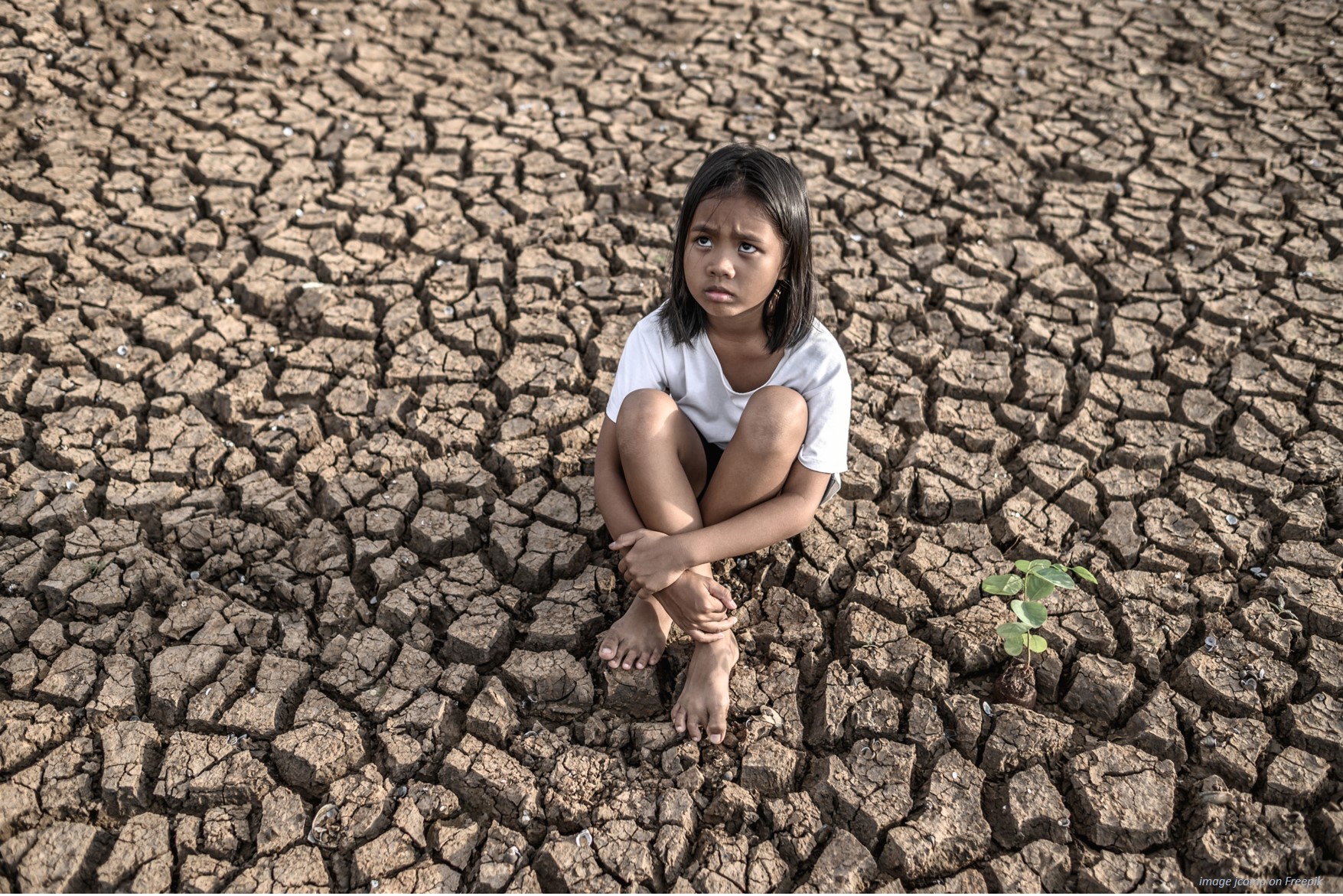
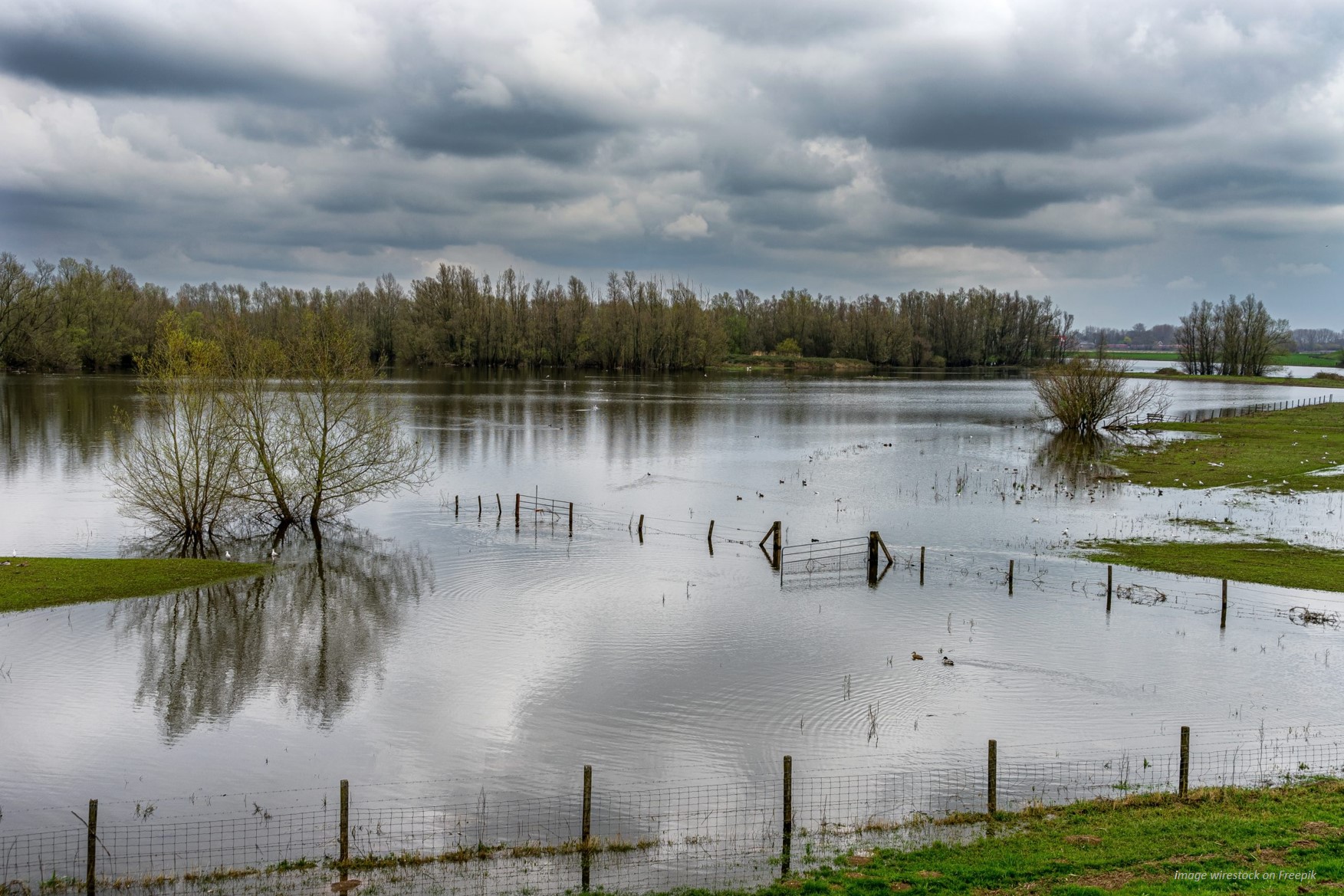

As Christians we believe that we are part of creation, and part of the world-wide family of God, and that it is therefore our responsibility to care both for the earth and for those who are particularly vulnerable to the effects of climate change.
“If anyone has material possessions and sees a brother or sister in need but has no pity on them, how can the love of God be in that person? Dear children, let us not love with words or speech but with actions and in truth.” 1 John 3:16-17
So in response, the Church of England has set an ambitious but achievable target for every church to become carbon net-zero by 2030, so that by that date we will no longer be adding to the causes of climate change. St Peter’s has resolved to aim to meet this challenge.
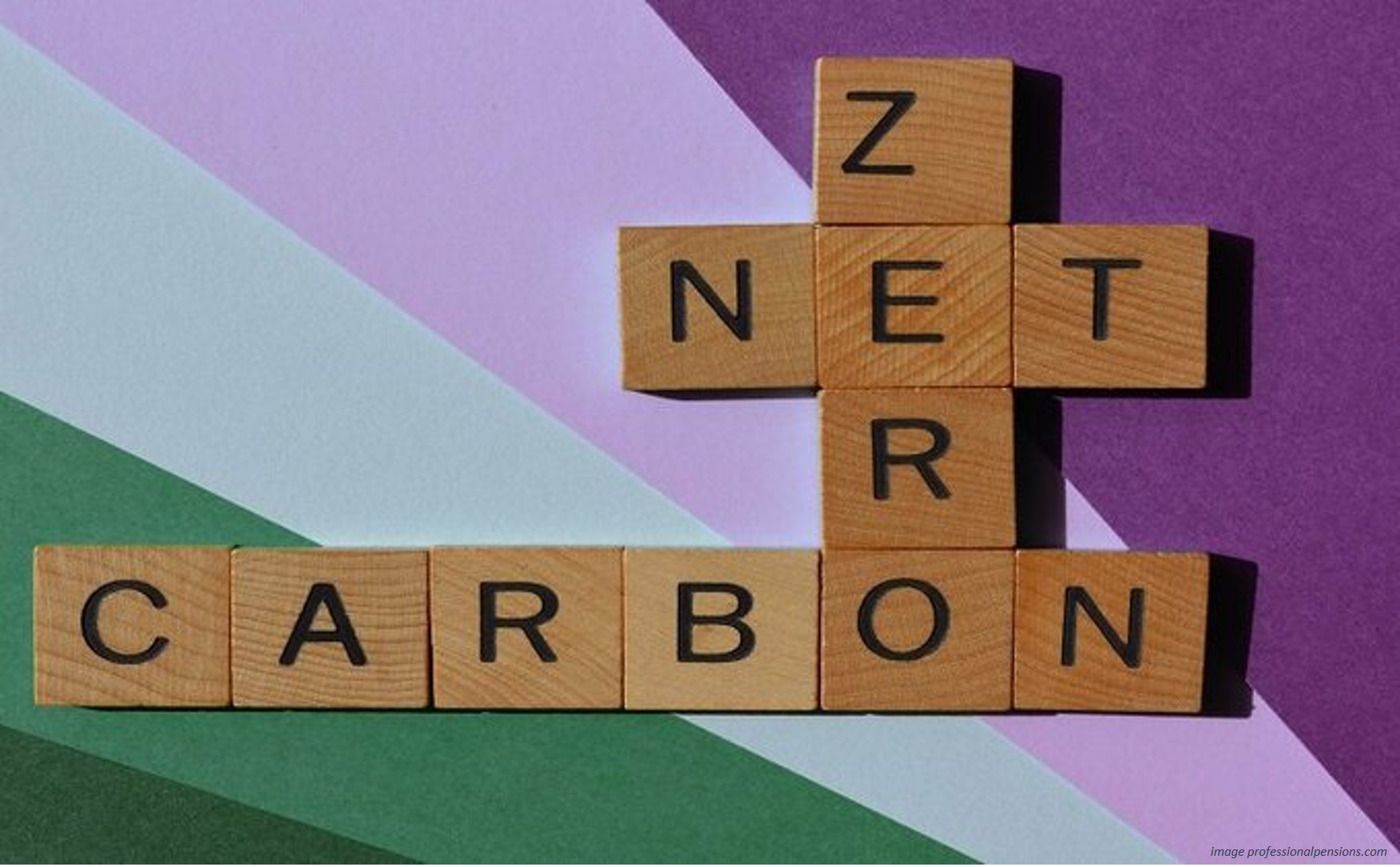
This requires us to review our carbon output, to take steps to reduce it to as near zero as we can, and after 2030 to make an “offset” payment equivalent to any remaining carbon output by supporting a carbon reduction project, for as long as it takes us to reduce our carbon output to nothing.
Why?
We are individuals with personal responsibility for our own lifestyles, but as church, we believe we are also parts of the one body of Christ and, along with all humanity, members of the family of God and that as such, we also have responsibility for how we act as a church community.
So, we need to work to reduce to carbon net-zero our personal footprints AND our church footprint.
“We must regard it as deliverable, because every day that we exceed ‘net zero’ we are actively contributing to the climate crisis, adding to the causes of suffering and death, and harm to ‘creation’.”
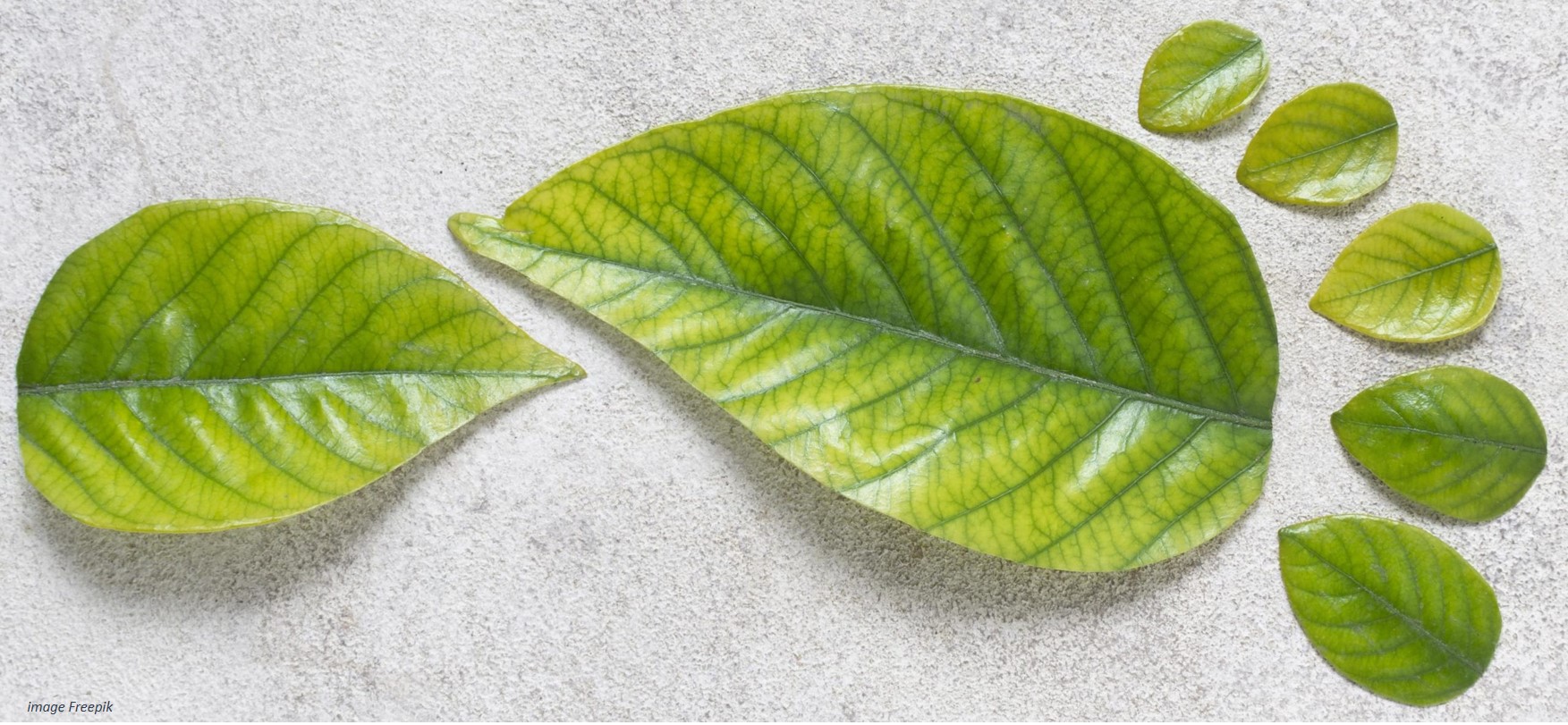
How?
In our aim to meet the ambition to be a carbon net-zero church by 2030, we are supported by the Leeds Diocesan Environment Team, and have encouragement from our partners in Climate Action Addingham.
The Leeds Diocese provides a Toolkit called “Six Steps to Carbon Net Zero“. This gives suggestions on how to move towards carbon net-zero – namely, to measure current carbon use to provide a baseline against which to measure progress; to prepare an action plan with dated milestone goals; to reduce energy use, and ensure that energy used is renewable; to reduce carbon emissions related to travel; to offset any carbon output still remaining by 2030 with equivalent payments to fund carbon reduction projects, and keep working until emissions are cut to zero; to share experience, learn from best practice, and encourage others.
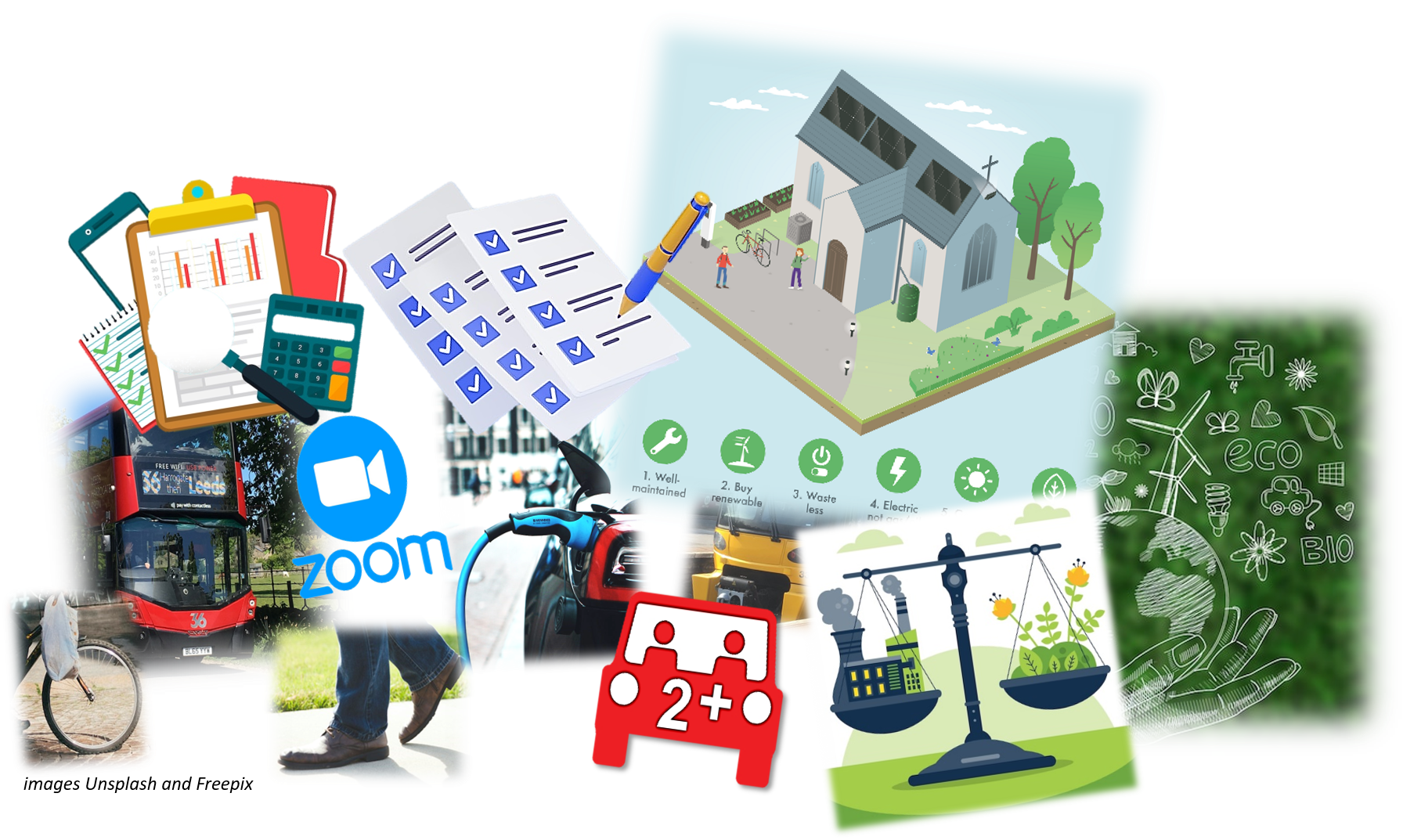
What we’ve done
We have implemented and are continuing to implement the following actions towards reducing the carbon output from St. Peter’s.
Solar panels Installed on the hall roof
Batteries Installed in hall, to store energy generated by the solar panels on the hall roof.
Thermal imaging Climate Action Addingham have surveyed the hall using their thermal imaging camera, to identify where additional measures are needed to reduce heat loss.
Low energy light bulbs Installed throughout
Sensor lighting Installed where safe and appropriate
Reduced heating temparature Even small reductions in heating temperature result in a worthwhile saving in carbon output – in the average church, heating accounts for 84% of carbon emissions
Boiler efficiency and maintenance To ensure heating system is not wasting energy, or money
Thermostats Fitted to all radiators
Double glazing Throughout the hall (not in the church which is a listed building)
Insulation In the hall loft
Timed heating Heating activation reflects building use (but with requirement for low level background heating in church for maintenance of ancient fabric)
We are also fortunate that we already have so many trees and so much grass in our grounds, which capture carbon.
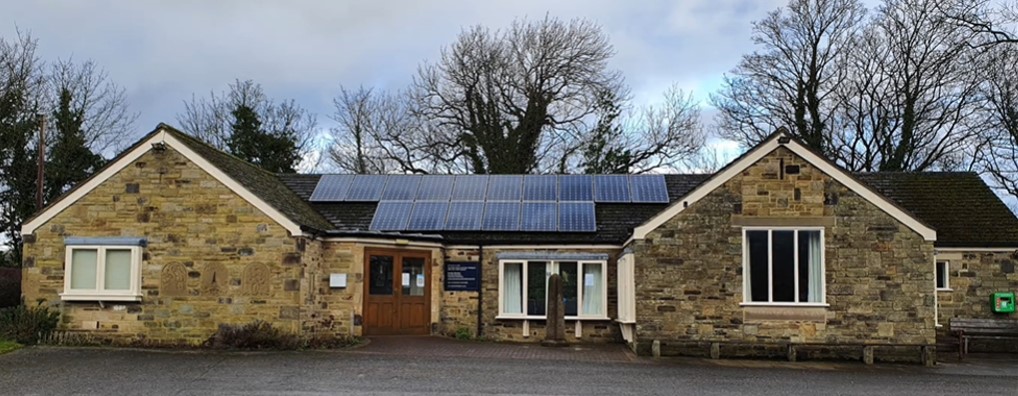
What we’re working on
We are currently working towards these carbon-reduction measures.
Wi-fi Extending wi-fi into the church building, which will potentially improve control of heating.
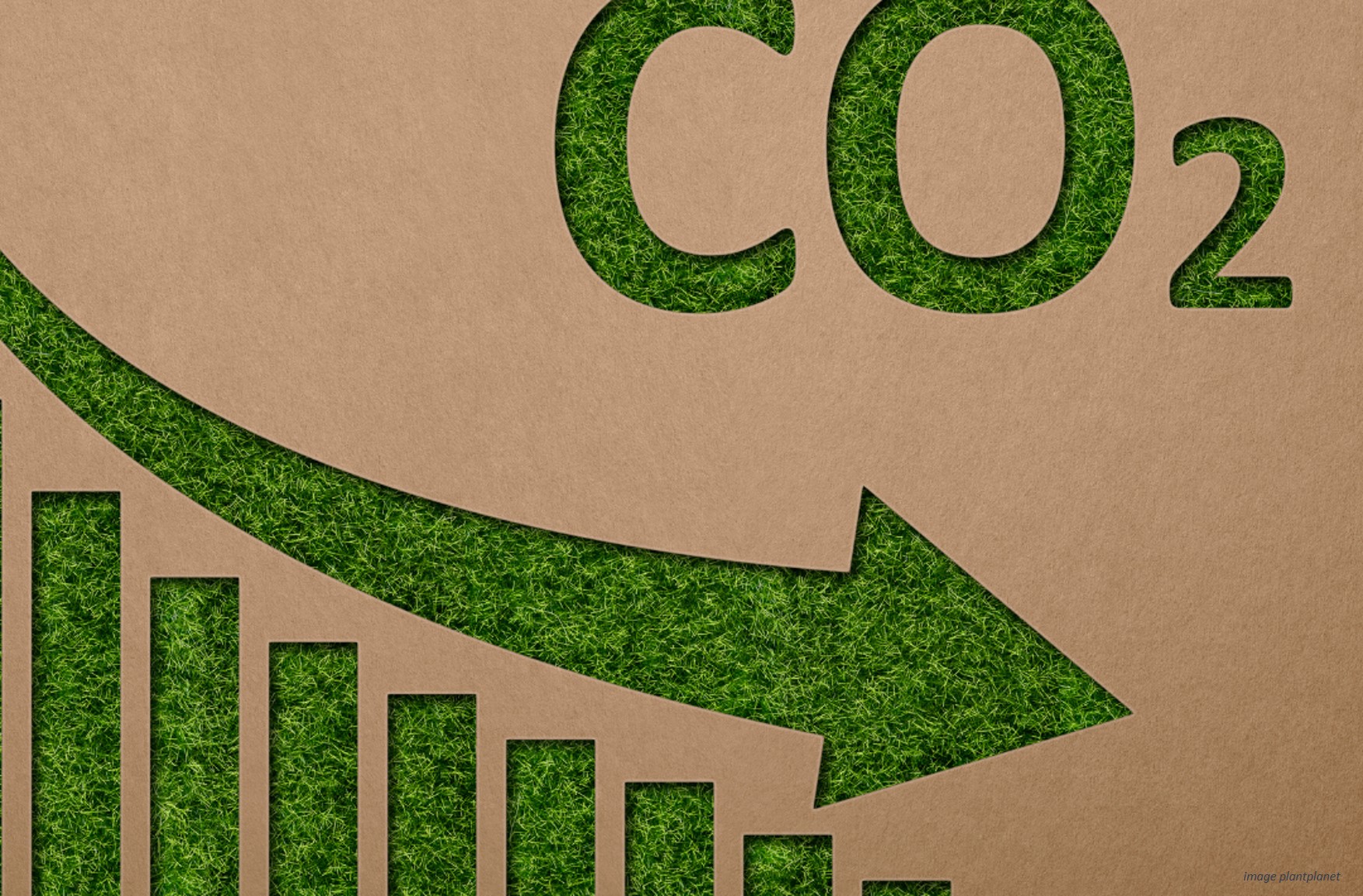
What we’re aiming for
We know that the current gas boilers are the major source of carbon emissions from St. Peter’s, and we want to address this as soon as we can. But we are also aware that there is a limited amount of energy from renewable sources available in the UK grid at present. So, instead of simply enrolling for a Green Energy Tariff for gas and electricity (which may not in fact supply wholly renewable energy because currently there is not enough to go round), our aim is by 2030 to replace the church and hall gas boilers with electric air-source heat pumps, retaining the existing radiators etc. This means we would have self-generated renewable heating, alongside self-generated renewable electricity from the solar panels and batteries.
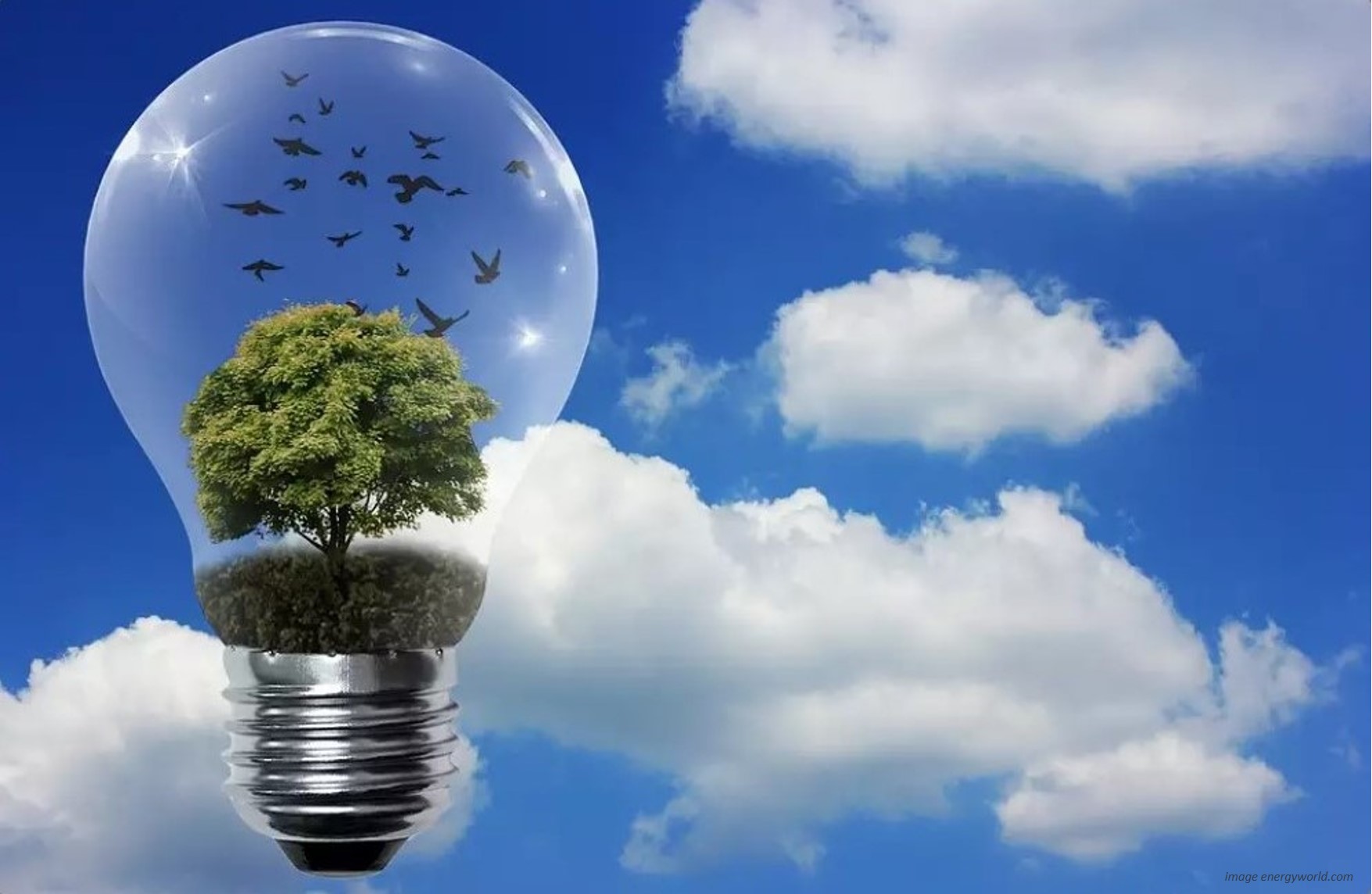
Climate-consciousness
In addition to reducing carbon emissions from our heating and energy use, we seek to include climate-conscious input to:
Personal and lifestyle choices Through our printed and online materials, learning events and shared experience, to encourage carbon reduction by promoting recycling, re-use, local produce, car-sharing and an end to single-use plastics, and by providing offsetting information and other carbon reduction tips.
Land stewardship decisions Balancing complex variety of amenity uses, heritage restrictions and competing environmental concerns
Building stewardship decisions Balancing competing priorities – reduction in carbon use, historic building preservation, welcoming warmth, conservation area, affordability
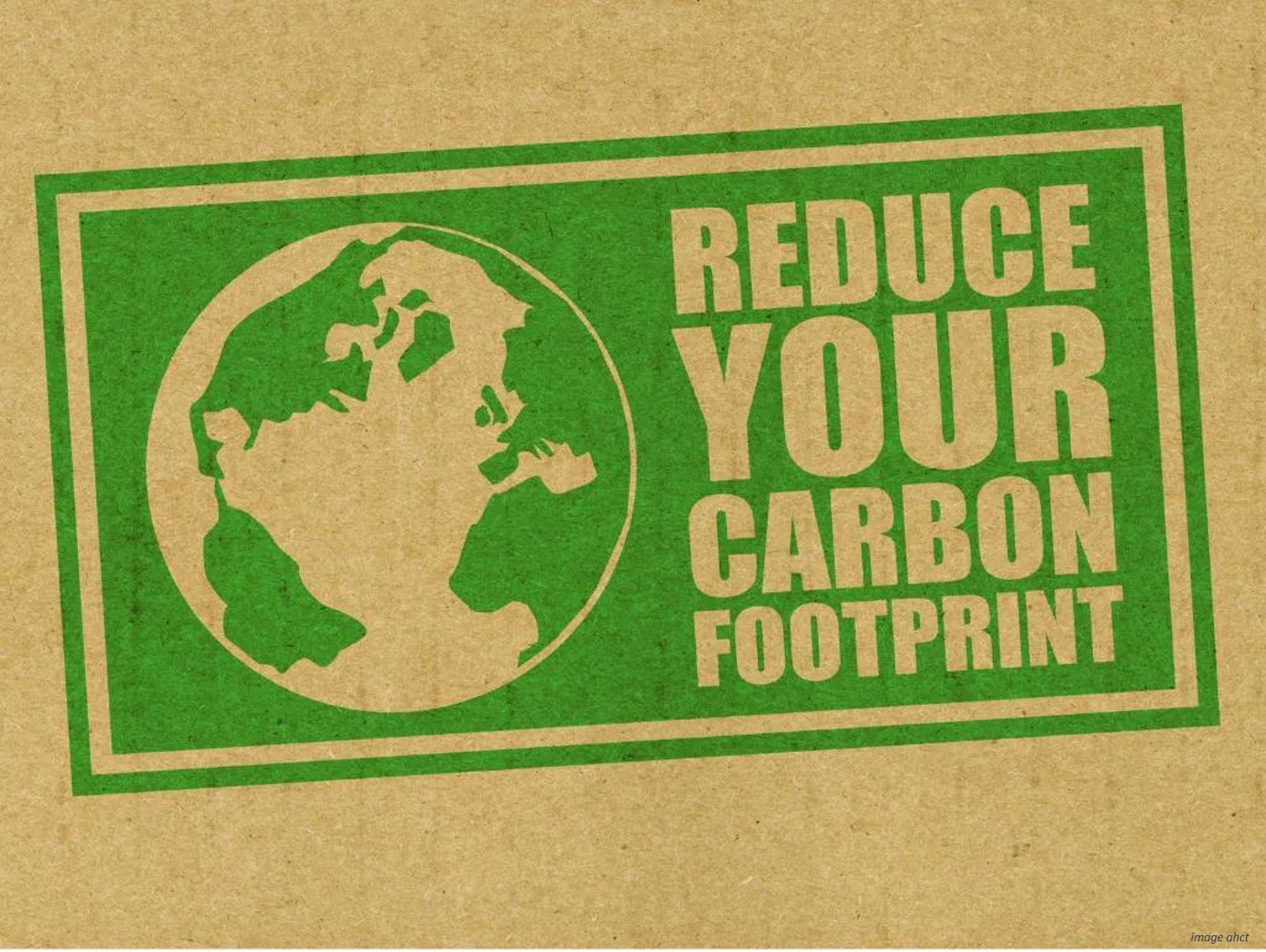
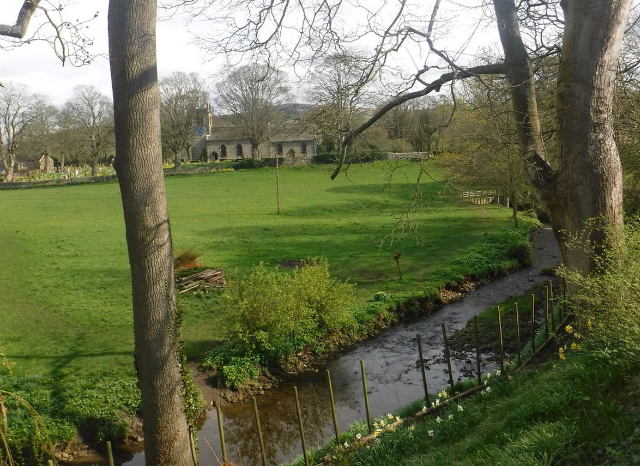

Watchwords for reaching carbon net-zero
Start with one step… then one more, then one more…
Learn, share, pray, encourage
“Sometimes I feel discouraged, and think my work’s in vain,
But then the Holy Spirit revives my soul again.”
Don’t give up!
Your grandchildren are relying on you doing your bit.

(With thanks to Church of England Environment & Climate Change and Diocese of Leeds Environment team for some of the above information)
